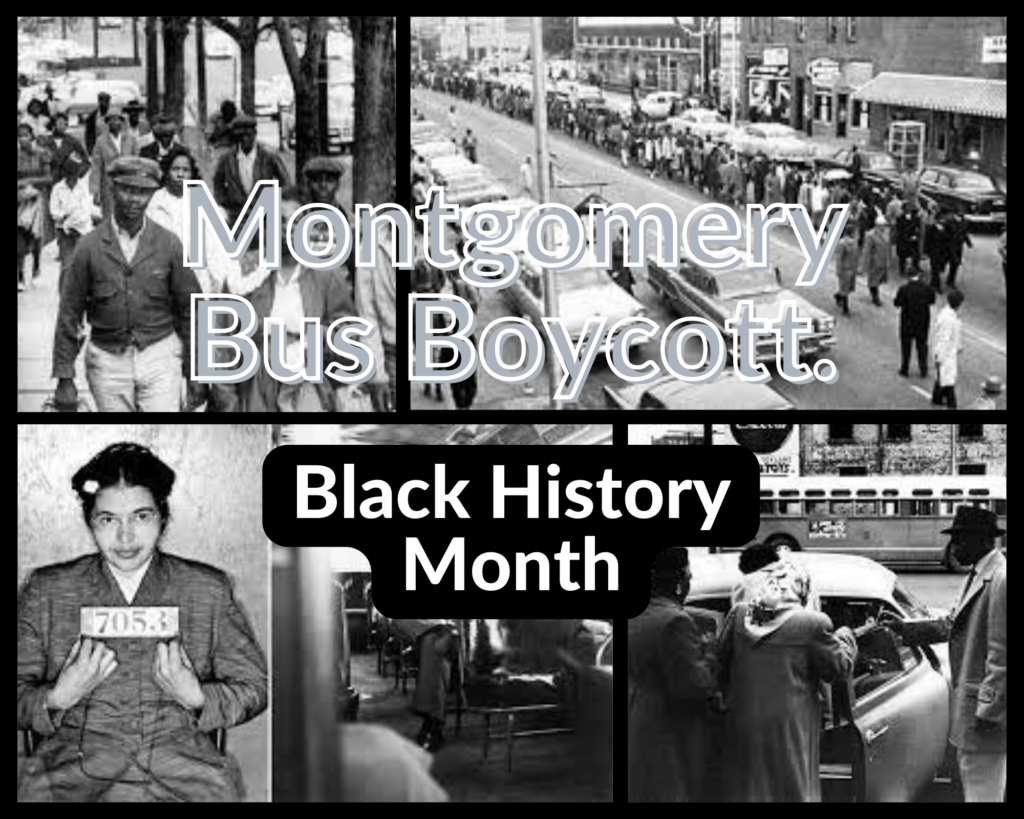Black History: Montgomery Bus Boycott

By: Te’Asia Calhoun
The Montgomery Bus Boycott was the first large-scale demonstration against segregation in the United States. The boycott started on December 5, 1955 and ended on December 20, 1956. These 381 days of boycotting could have only been done by having extreme discipline and a true yearning for a better tomorrow.
The Beginning
On December 1, 1955, Rosa Parks after finishing her shift at a local department store sat in the front row of the “colored section”. When the “white section” filled, the bus driver asked Rosa and three other passengers to get up, the three complied, but Rosa refused. Rosa Parks was fined $10, and an extra $4 in court fees. Many people thought Rosa Parks sat down and didn’t move because she was tired. Rosa later explained, “The only tired I was, was giving in.” Nine months before Rosa Parks, Claudette Colvin refused to give up her seat in Montgomery, as well. Claudette wasn’t deemed a good symbol because she was a Black pregnant teen.
The Women’s Political Council, a group of Black women working for civil rights, began handing out flyers calling for bus boycotts on December 5, 1955. It was organized by Jo Ann Robinson, the WPC president.
The Boycott
African-American leaders, newspapers, and Black churches began spreading the word about the Bus Boycott. The leaders created carpools and Black taxi drivers charged just the same as the buses (10 cents). The boycotters mainly walked to where they needed to go rather than riding the buses. On December 5, 1955, 40,000 Black bus riders in Montgomery boycotted. Martin Luther King Jr. was crowned president of the boycott.
Aftermath
On June 5, 1956, a Montgomery federal court ruled that bus segregation violated the 14th Amendment to the U.S. Constitution. The Supreme Court agreed on December 20, 1956, and the boycott ended the next day. The integration caused violence and resistance, but undoubtedly ignited a revolutionary push for civil rights in this country that continues to this day.


